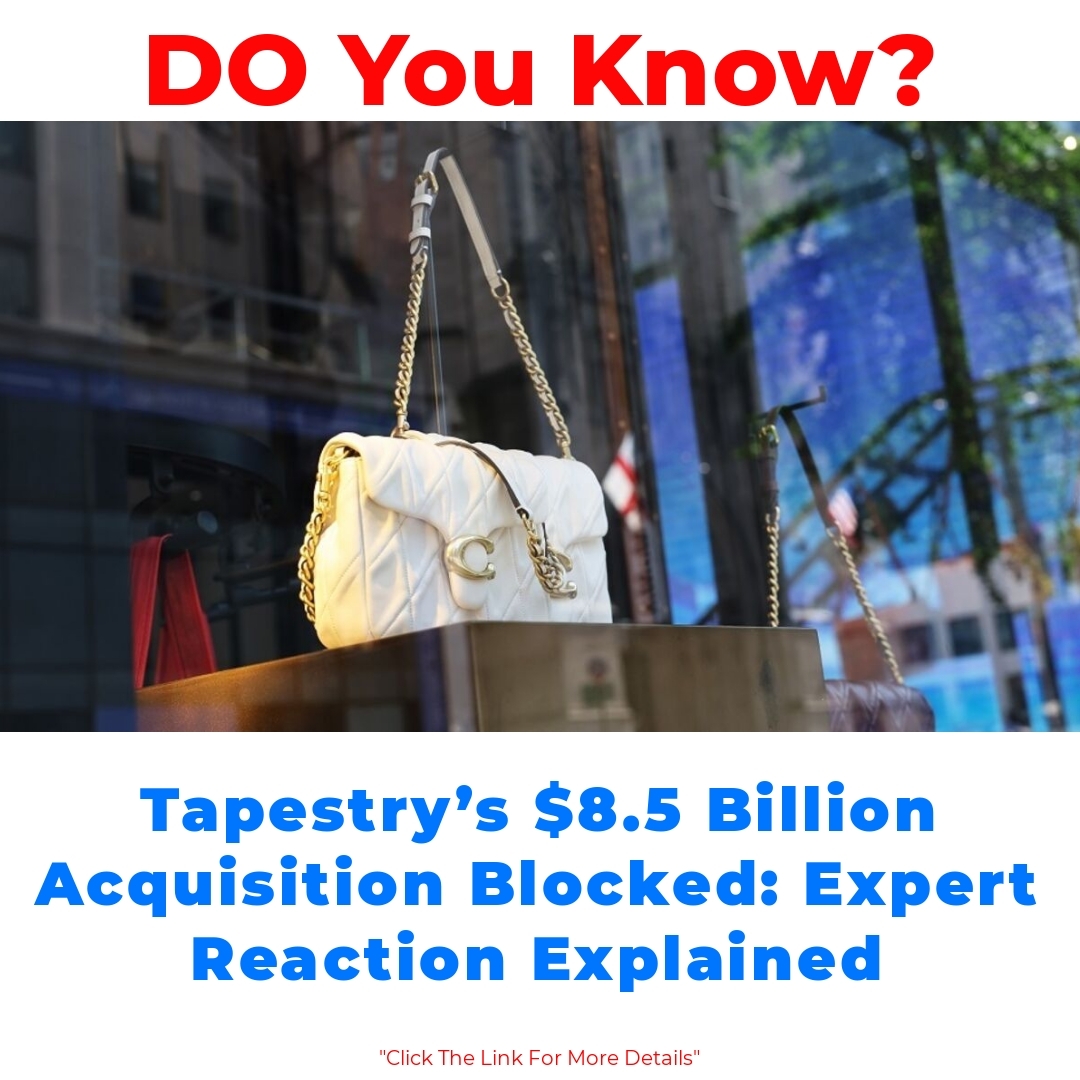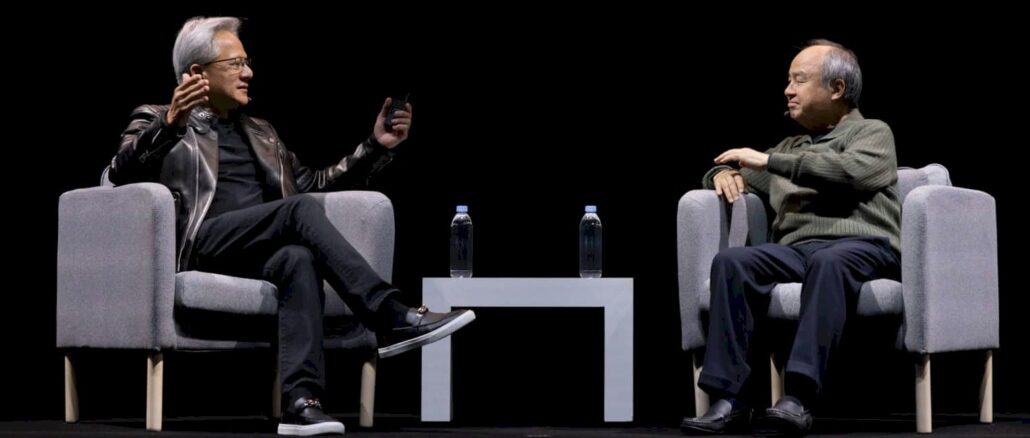Tapestry’s planned acquisition of Capri Holdings has recently encountered a significant setback due to a federal judge’s ruling that blocks the merger. This decision raises important questions about the future of both luxury retailers and the overall dynamics of the fashion retail acquisition landscape.


Background on Tapestry and Capri Holdings
Tapestry, a prominent name in the luxury fashion retail sector, is widely recognized for its major brands like Coach and Kate Spade. These brands have carved a niche for themselves, offering stylish handbags and accessories that draw a dedicated customer base. Tapestry has been on a growth trajectory, seeking to expand its portfolio further with the potential acquisition of Capri Holdings.
On the other hand, Capri Holdings is also a significant player in the luxury goods market. With brands like Michael Kors, Versace, and Jimmy Choo, Capri Holdings has positioned itself effectively in the industry. The planned union between Tapestry and Capri was seen as a strategic move, aiming to enhance their influence in the high-stakes luxury segment.
Details of the Federal Judge Ruling
Recently, a federal judge made a ruling that effectively blocks the Tapestry acquisition of Capri Holdings. This decision came out of concerns regarding market competition. The judge highlighted several key points regarding how this merger could potentially reduce competition in the luxury goods market. With fewer players in the sector, the worry is that consumers could face higher prices and less innovation in product offerings.
This ruling raises questions about the future of mergers and acquisitions in the fashion retail industry. The judge’s emphasis on protecting market competition suggests that similar attempts by other companies might face increased scrutiny moving forward.
Implications of the Ruling on the Fashion Retail Industry
The blocking of Tapestry’s acquisition of Capri Holdings has significant implications for the fashion retail acquisition landscape. For starters, it highlights the regulatory environment surrounding luxury brands and the scrutiny they face while trying to consolidate. This won’t just affect Tapestry; it may also discourage other companies from attempting similar mergers in the near term.
Market competition dynamics could shift considerably as well. With this ruling in place, Tapestry and Capri Holdings will need to reassess their growth strategies. They might consider alternative avenues for expansion, like investing in organic growth or exploring partnerships instead of mergers.
Stakeholder Reactions and Future Perspectives
Industry leaders are closely watching the fallout from the federal judge’s ruling. Stacey Widlitz, a noted industry analyst, has provided insights that suggest the ruling could lead to more cautious approaches among retail executives when considering future mergers. Stakeholders from both companies are likely contemplating new strategies to navigate this unexpected setback.
Looking ahead, Tapestry and Capri Holdings might need to pivot. Finding other avenues for growth could be essential for both companies. Existing brand strategies will likely need a reassessment to stay competitive in a challenging market.
Long Tail Keywords Integration
As we explore the implications of Tapestry’s acquisition ruling on fashion retail, it’s clear that this decision has broader repercussions. The ruling may force Tapestry and Capri Holdings to adapt their strategies significantly. For instance, they could focus more on enhancing their current brand offerings or investing in innovative marketing efforts to attract new customers.
Another aspect is how the federal judge’s decision might influence competitor strategies in the luxury market. Other companies may start to reconsider their plans, either to align with regulatory expectations or to find new creative ways to expand without running into similar legal hurdles.
Conclusion
In summary, the blocking of the Tapestry acquisition of Capri Holdings has stirred the pot in the luxury goods market. It underscores the challenges that come with merging large fashion retail companies and places a spotlight on market competition concerns. As both companies regroup, they will certainly be evaluating their next steps and how they can navigate this complex landscape moving forward.
This ruling could have long-term effects on the handbag industry and the broader luxury market. With evolving strategies in play, it will be fascinating to see how both Tapestry and Capri Holdings adapt to these new challenges in the coming months.
Call to Action
As developments continue to unfold concerning the Tapestry acquisition of Capri Holdings, it’s essential for fashion enthusiasts and industry watchers to stay informed. Keeping up with Tapestry news and Capri Holdings news will provide valuable insights into how these luxury retailers plan to move forward after this ruling in the fashion retail sector.
FAQ
What is Tapestry known for?
Tapestry is recognized for its luxury fashion brands, including Coach and Kate Spade, which offer stylish handbags and accessories.
What are the main brands under Capri Holdings?
Capri Holdings includes well-known brands such as Michael Kors, Versace, and Jimmy Choo, all positioned in the luxury goods market.
What was the planned acquisition about?
Tapestry sought to acquire Capri Holdings as part of a strategic move to enhance their presence in the competitive luxury fashion sector.
Why was the acquisition blocked?
A federal judge ruled against the acquisition due to concerns that it would reduce competition in the luxury goods market, which could lead to higher prices for consumers.
What does this ruling mean for the future of mergers in the fashion retail industry?
The ruling indicates that regulatory scrutiny on mergers might increase, possibly discouraging other companies from pursuing similar acquisitions.
How will Tapestry and Capri Holdings react to the ruling?
Both companies are likely to reassess their growth strategies and may consider alternative methods of expansion, such as organic growth or partnerships.
What are industry analysts saying about the ruling?
Industry analysts suggest that the ruling may prompt retail executives to adopt more cautious approaches in their future merger considerations.
What are the broader implications of this ruling?
The decision could influence how competitors in the luxury market plan their strategies, either aligning with regulatory expectations or seeking creative ways to grow.






